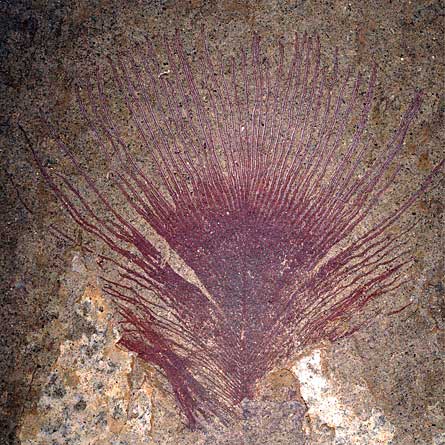Birds shimmered at least 40 million years before custom car paints, according to a new look at old fossils.

Exquisitely preserved bits of feathers from Germany’s Messel Oil Shale deposits near Darmstadt bear swaths of oblong lumps some 1 to 1.5 micrometers wide. The structures provide the first fossil evidence of bird iridescence, Jakob Vinther of Yale University and his colleagues report online August 25 in Biology Letters.
Analysts in the 1980s had seen these lumps and concluded that they were remnants of ancient bacteria. But a Yale team including Vinther and ornithologist Richard Prum have been hunting for color in fossil feathers and decided to take another look.
Using scanning electron microscopy, the researchers examined bits of the feathers and decided that the lumps came from melanosomes, which are structures within cells that contribute to coloring. The arrangement of the fossil feather lumps shows more organization than bacteria could manage, the team reports. And the lumps also resemble melanosome arrays that create iridescent sheens on birds such as starlings.
These “structural colors” don’t come from pigments but instead from the interplay of light bouncing off tiny regular textures. Since the melanosomes’ surrounding layer has degraded in the fossil feather, the researchers can’t determine what color it was. Nor can they identify the bird species.







